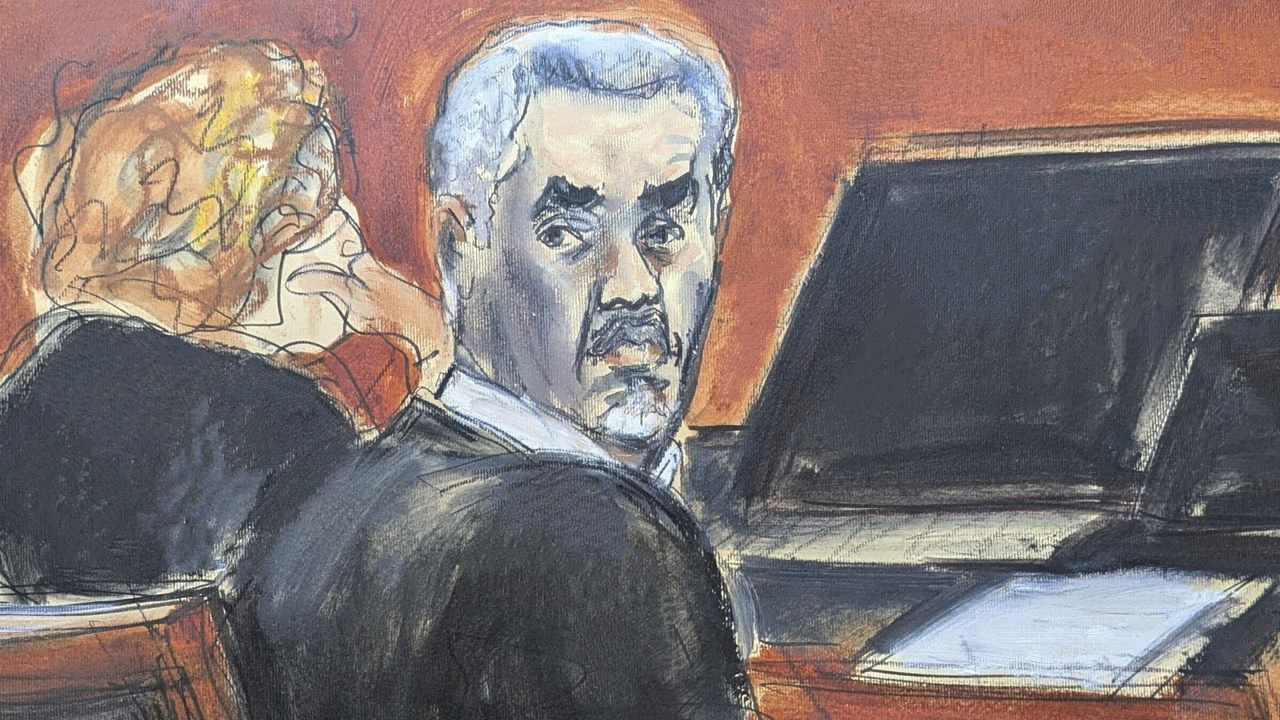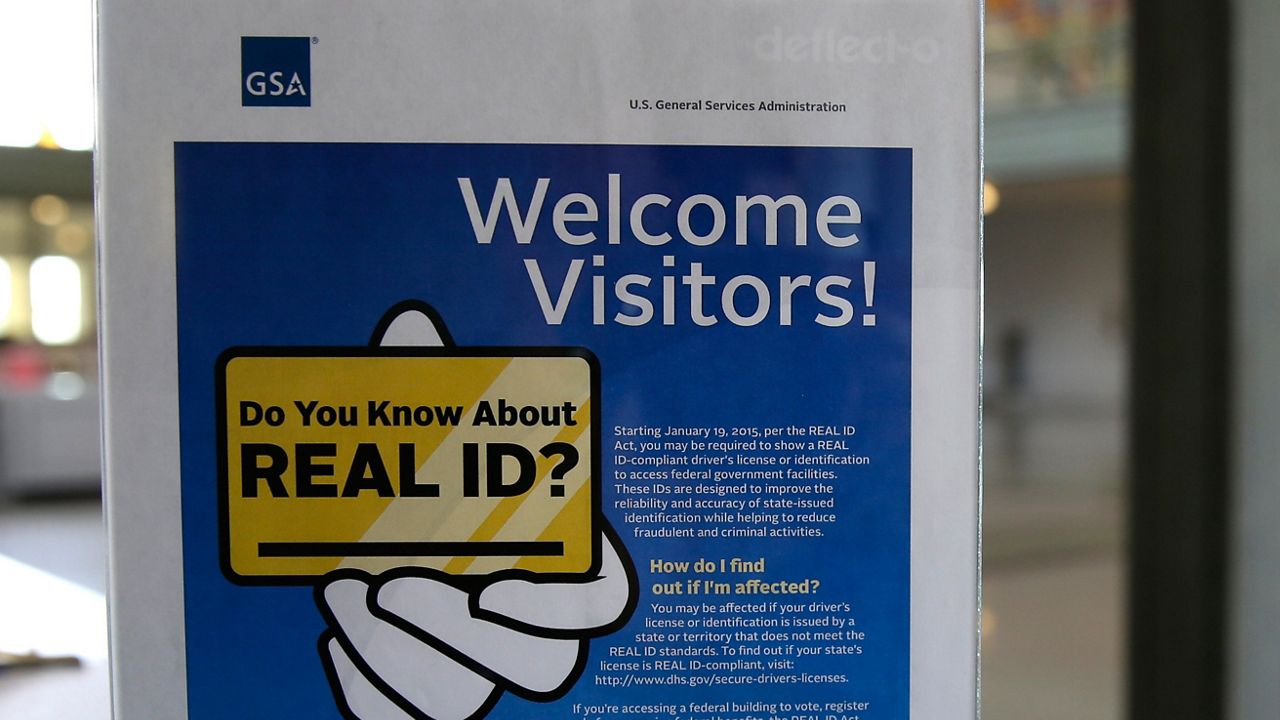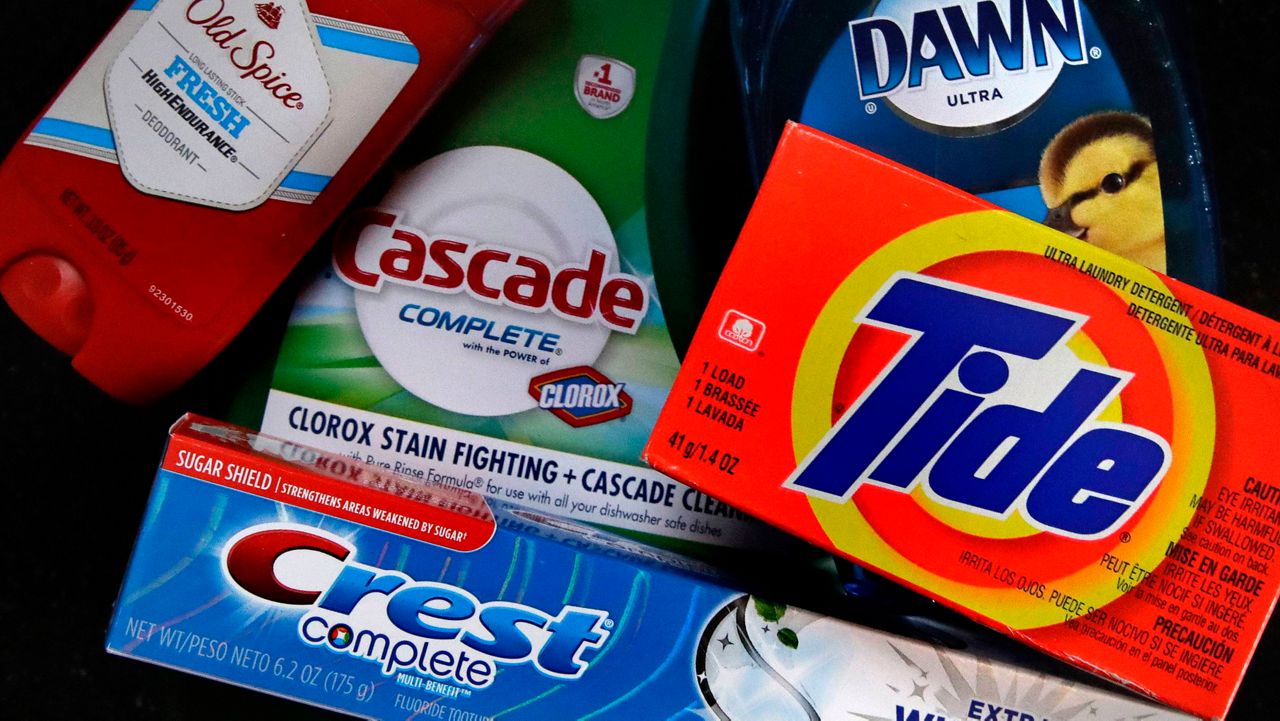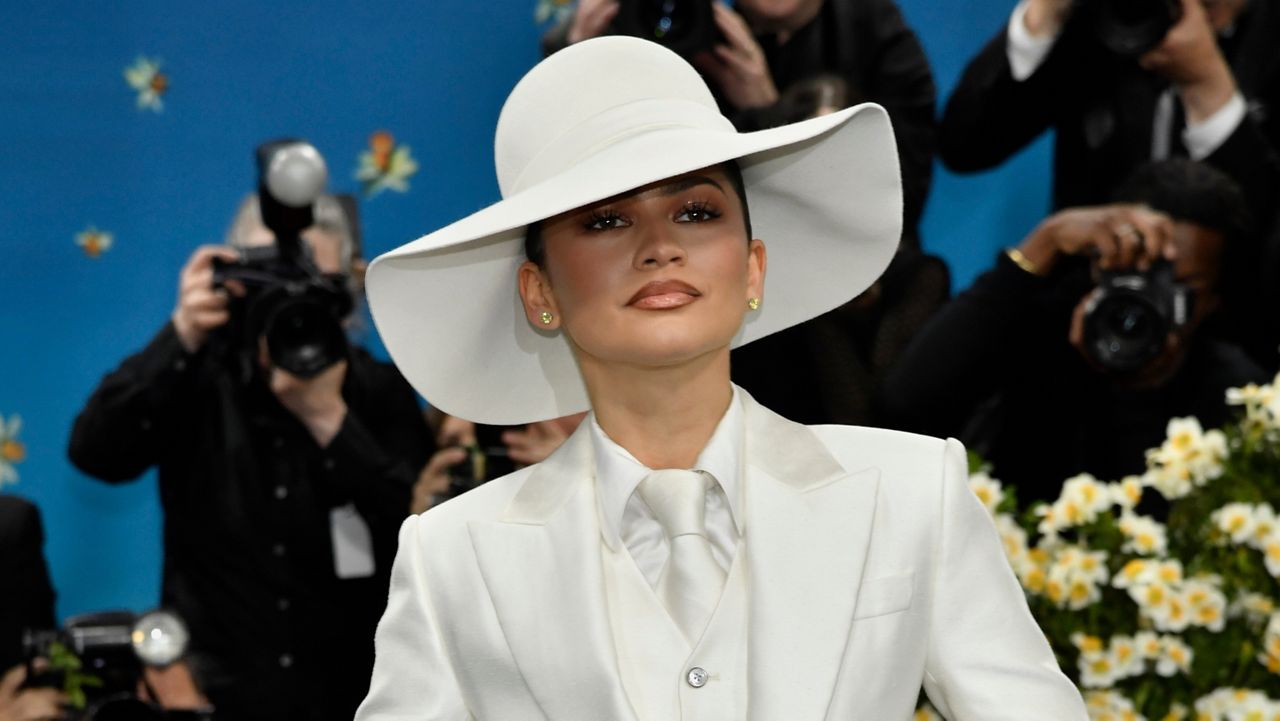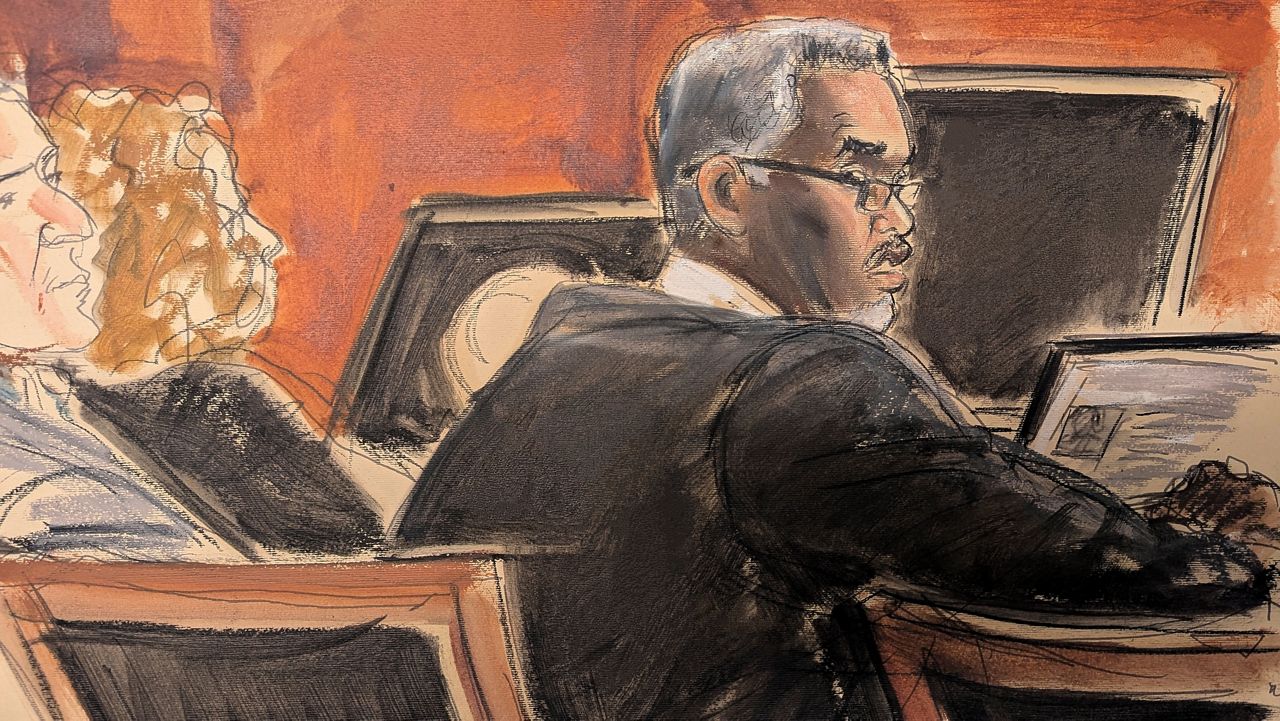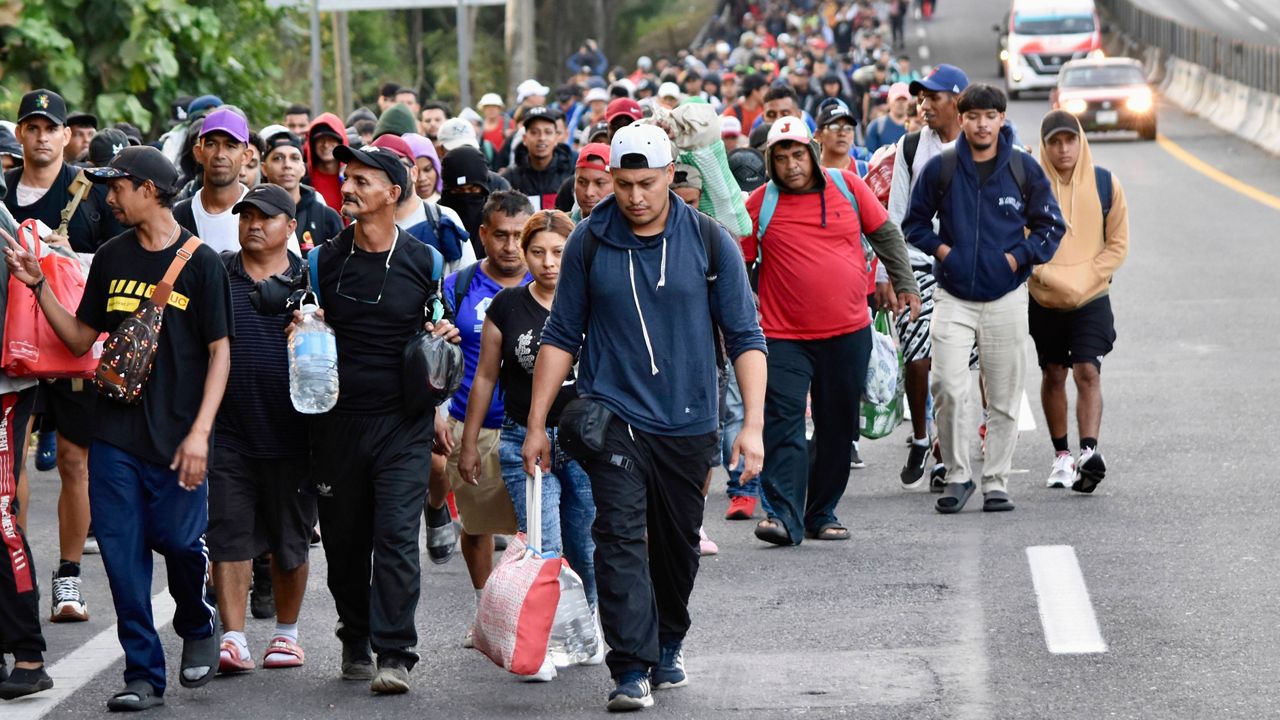The NAACP Screening Room was buzzing with creative energy. Storytellers, activists, and dreamers gathered for one core purpose: the environment.
The NAACP has brought them together for a panel conversation to redefine climate advocacy through a lens too often ignored: the experiences of communities of color.
“We know that Black and Brown Indigenous communities not only are disproportionately impacted by said issues, but also we also have the solutions to best solve some of these crises,” said panelist Bryce Cracknell, founder of The Margin, an environmental justice platform. “Storytelling has to be inclusive of those communities, specifically coming from those spaces.”
The data backs him up. A McKinsey report highlights how Black communities in the United States face higher exposure to climate dangers - from worsening storms to heatwaves - threatening to deepen the racial wealth gap already carved over generations. Yet, for decades, climate narratives clung stubbornly to images of polar bears on ice sheets. Beautiful, yes, but distant from the everyday realities of frontline communities.
“That seems like a far and distant reality,” Cracknell says. “It’s an important one, but it’s not rooted in our lived experience.”
For Jasala Brown, who attended the panel, climate anxiety doesn’t manifest in melting glaciers. It hovers in the smog over Inglewood, California, where she works in the city’s bustling stadium district.
“As much as it’s funding the city, as much as it’s funding the youth and employing the youth as well, and it’s community-based,” she explained, “It’s just the air pollutants and the traffic pollution, the noise pollution.”
But through the conversation, Brown found inspiration and an invitation to action.
“I’m, like, more empowered and inspired,” she said, opening her notebook where she’d jotted lines of new ideas. “I love the idea of storytelling. I think it’s a beautiful thing. I think it’s the most powerful thing - love and storytelling - because you cannot erase them.”
The NAACP hopes to see that kind of action. Their environmental and climate justice director, Abre’ Conner, sees storytelling as a weapon for change. Through the organization’s newly launched Climate in Color Film Competition, they hope to inspire more marginalized communities to tell their stories.
“We’re really excited about being able to watch this film competition that’s really centering environmental and climate justice stories,” Conner says. “That’s from the perspective of frontline and fence line communities, from filmmakers who are often times overlooked, who have something to say, who have innovative solutions.”
For Cracknell, the message is clear: the people most affected are the ones best equipped to save us all.
“We need to continue to lift up voices and with people who have lived experience,” he said. “Those are the kind of sort of collaborations that are necessary if we’re going to solve this crisis in a meaningful way. No one’s coming to save us. We have to do that ourselves.”
The Climate in Color Film Competition is now open at https://naacp.org/climate-color-reframing-our-future-short-film-grant.




